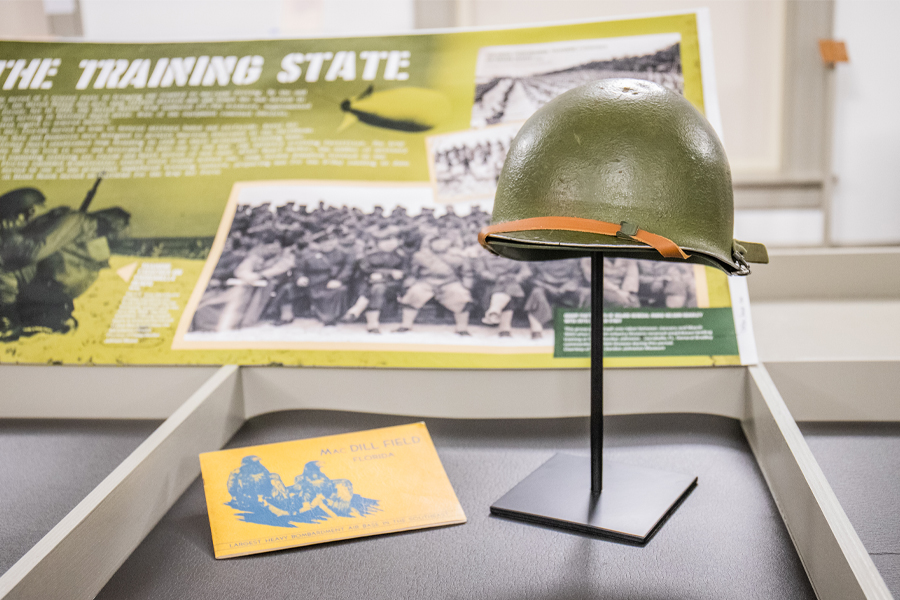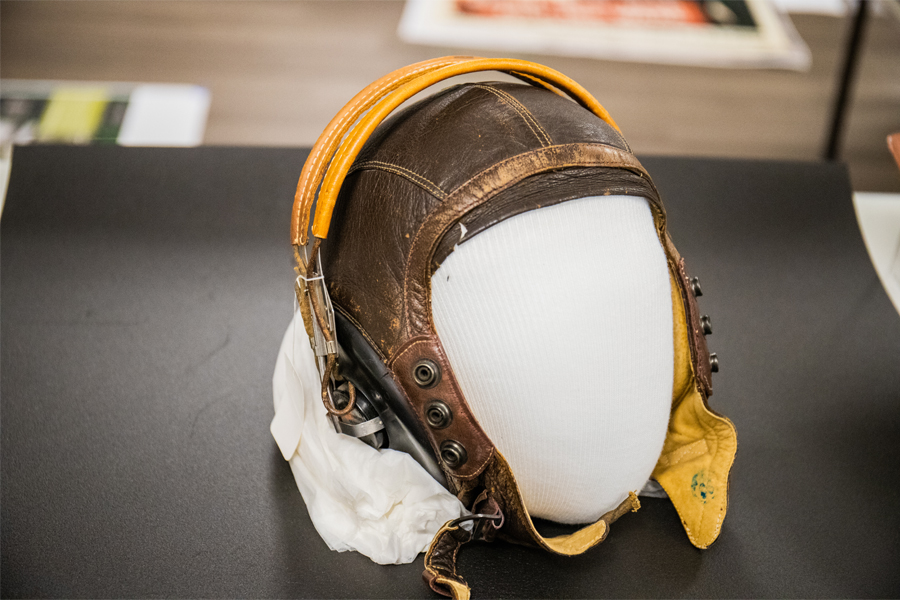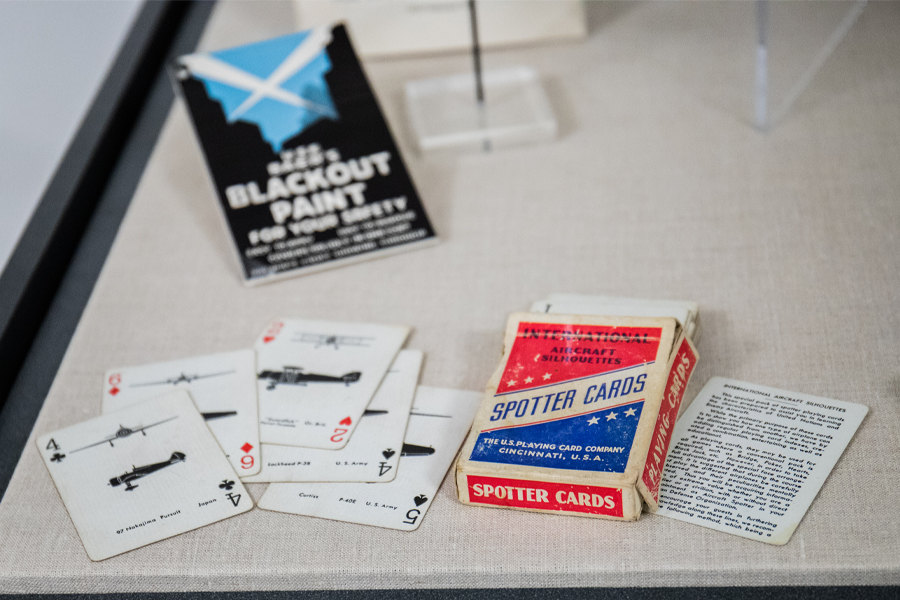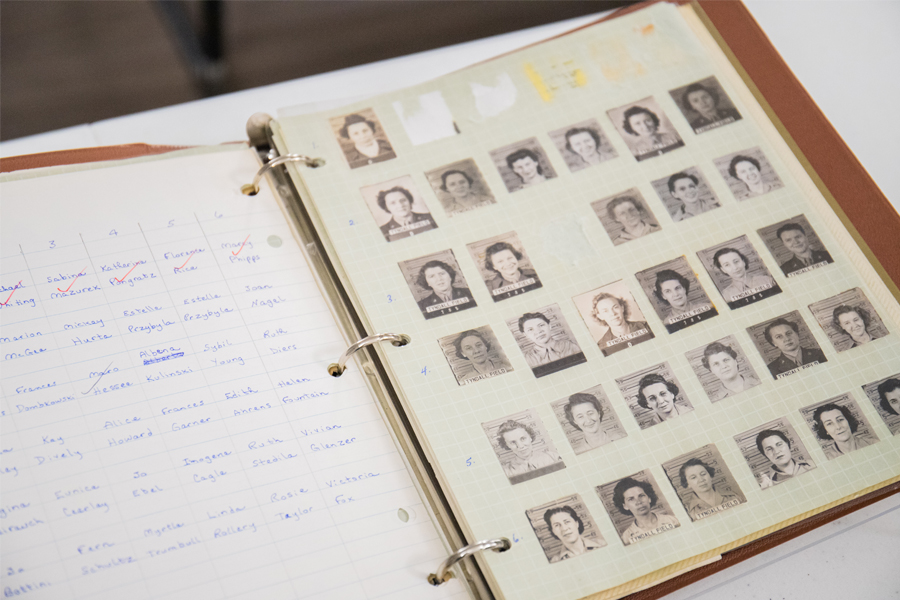
When the United States entered World War II in 1941, Florida was a mostly rural and agricultural state, a relatively unpopulated place compared to the rest of the country.
By the time the war ended, federal spending for military bases and an influx of service members had begun a transformation that continues to this day.
A new exhibit curated by the Institute on World War II and the Human Experience at Florida State University, the Florida Historic Capitol Museum and Camp Blanding Museum explores the conflict’s impact on Florida and the many ways in which the state contributed to the war effort.
The exhibit, “Rendezvous with Destiny: Florida and WWII,” opens today — the 80th anniversary of the attack on Pearl Harbor — at the Florida Historic Capitol Museum in Tallahassee and runs through March 20, 2022. Along with exploring Florida’s role in the war, the exhibit also examines the controversy around joining the war, which largely evaporated after the Pearl Harbor attack, and the impact of that battle.
“Florida played a major role in the war, and the war had a major impact on Florida,” said Kurt Piehler, associate professor of history and director of The Institute on WWII and the Human Experience. “The war fostered a remarkable wave of volunteerism by Floridians who bought defense bonds, participated in scrap drives, entertained troops at local USO clubs and served as air raid wardens. As draft age men went off to war, women entered the workforce to replace them in unprecedented numbers.”
The state was home to several training facilities, including Camp Blanding, which housed 55,000 soldiers at a time. American aviators trained in Florida, notably at Naval Air Station Pensacola, and pilots from other Allied nations, including the United Kingdom and China, also received training. The coast itself was a war zone and was the site of multiple sinkings of merchant ships by German U-boats.

The war effort also included a massive industrialization push that saw factories producing all manner of needed supplies pop up around the state. When the conflict ended, that new industry played host to jobs for returning service members.
“The partnership between FSU and the Florida Historic Capitol Museum has brought together world-class research and collections to highlight the importance of events that changed Florida and American society more broadly,” said Rachel Porter, director of research and programming at the Florida Historic Capitol Museum. “We open on Pearl Harbor Remembrance Day so that visitors may reflect on those changes while considering the legacy of WWII from a local and a global perspective.”
The exhibit also highlights the launch of The American Soldier, a website dedicated to digitizing surveys and commentary from soldiers that was collected by the U.S. Army during the war. That project, which was developed with Virginia Tech Assistant Professor of history Edward J.K. Gitre, used a citizen-archivist model to enlist the public’s help in transcribing and digitizing some 65,000 pages of commentary from World War II service members.
“The first-hand accounts of the war this project has made available, thanks to the dedication of nearly 7,200 volunteers, is without parallel,” Gitre said. “The website draws on an opinion survey program the U.S. Army ran during the war in which half a million service members participated. Because they were written with the promise of anonymity, the commentaries are particularly revealing, and capture what service was truly like, on and off the frontline.”
For more information on “Rendezvous with Destiny: Florida and WWII,” visit flhistoriccapitol.gov.






